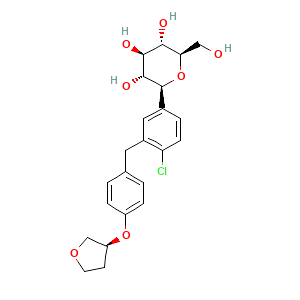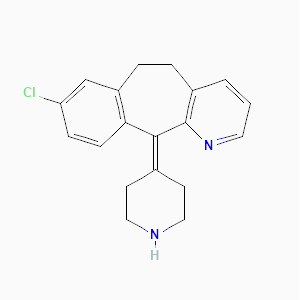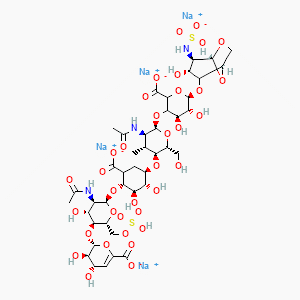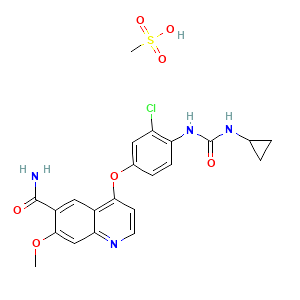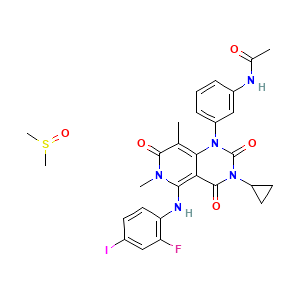Mechanism Of Action:
The vast majority of glucose filtered through the glomerulus is reabsorbed within the proximal tubule, primarily via SGLT2 (sodium-glucose linked co-transporter-2) which is responsible for ~90% of the total glucose reabsorption within the kidneys. Empagliflozin is a potent inhibitor of renal SGLT2 transporters located in the proximal tubules of the kidneys and works to lower blood glucose levels via an increase in glucosuria.
Empagliflozin also appears to exert cardiovascular benefits – specifically in the prevention of heart failure – independent of its blood glucose-lowering effects, though the exact mechanism of this benefit is not precisely understood. Several theories have been posited, including the potential inhibition of Na+/H+ exchanger (NHE) 1 in the myocardium and NHE3 in the proximal tubule, reduction of pre-load via diuretic/natriuretic effects and reduction of blood pressure, prevention of cardiac fibrosis via suppression of pro-fibrotic markers, and reduction of pro-inflammatory adipokines.
Indication:
- As a helping agent for improving glycemic control in adult patients with type 2 diabetes mellitus.
- For reducing the risk of cardiovascular death in adult patients with type 2 diabetes mellitus and established cardiovascular disease.
- For reducing the risk of cardiovascular death and hospitalization for heart failure in adults with heart failure with reduced or preserved ejection fraction.( HFrEF or HF-pEF)

